The objective of a Heuristic is to provide contextual information to the pathfinder. The more accurate this information is, the more efficient the pathfinder can be.
You have two contradicting requirements to get a good heuristic, which is good because it means there is a sweet spot. Here they are:
- An Heuristic must be admissible, which means it shall never overestimate the distance. Otherwise, the algorithm will be broken and may return paths that are not even optimal.
- An heuristic must return the largest distance possible. An heuristic that underestimates the remaining path from a cell, will favour that cell when another might have been better.
Of course the optimal Heuristic would return the exact, correct length (which generally is not achievable or defeats the purpose) because it cannot return a longer path without ceasing to be admissible.
In your case, it looks like you're dealing with 4-connected grids. In that case the manhattan distance will be a better metric than euclidian distance, because the Euclidian will under-estimate the cost of all displacements compared to Manhattan (due to the Pythagorean Theorem).
Whithout any further knowledge than 'the graph is a 4-connected Grid', there is no better metric than Manhattan. If however you manage to obtain more data (obstacle density, 'highways', etc.) then you might be able to devise a better heuristic - though keeping it admissible would be a very hard problem in itself.
EDIT Having a closer look, it looks like you have angled vertices in the bottom left. If that is so, you're not in a 4-connected graph, then you MUST use Euclidian distance, because Manhattan would not be admissible.
